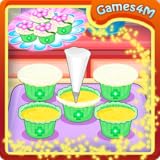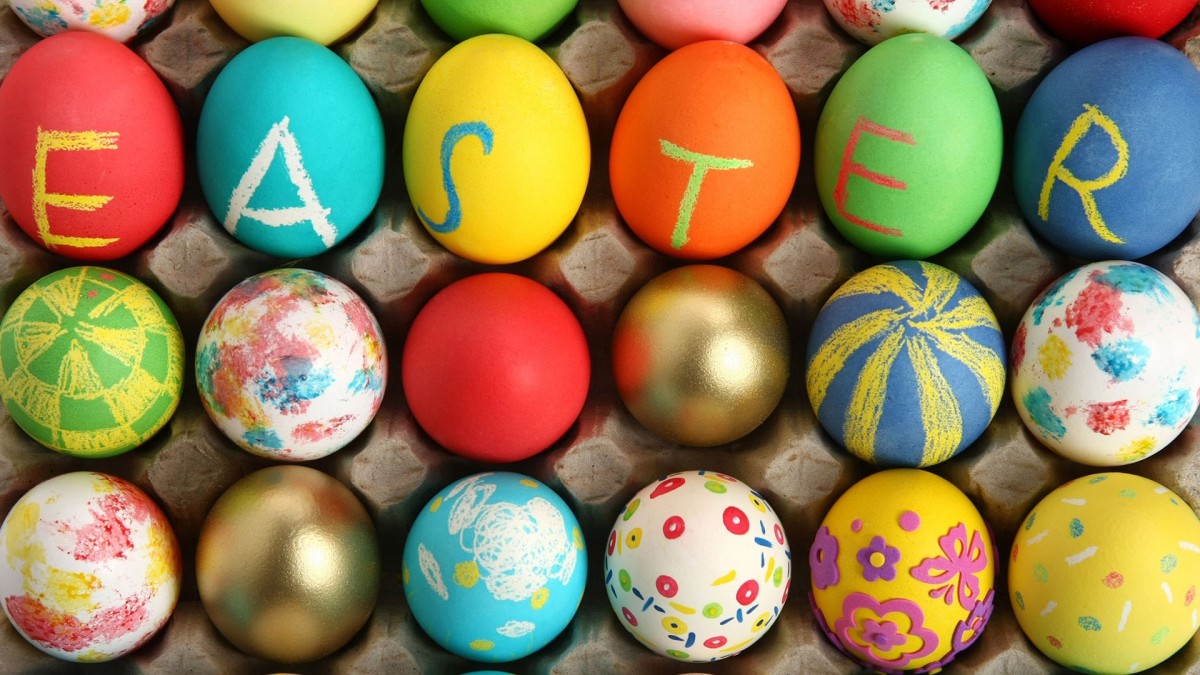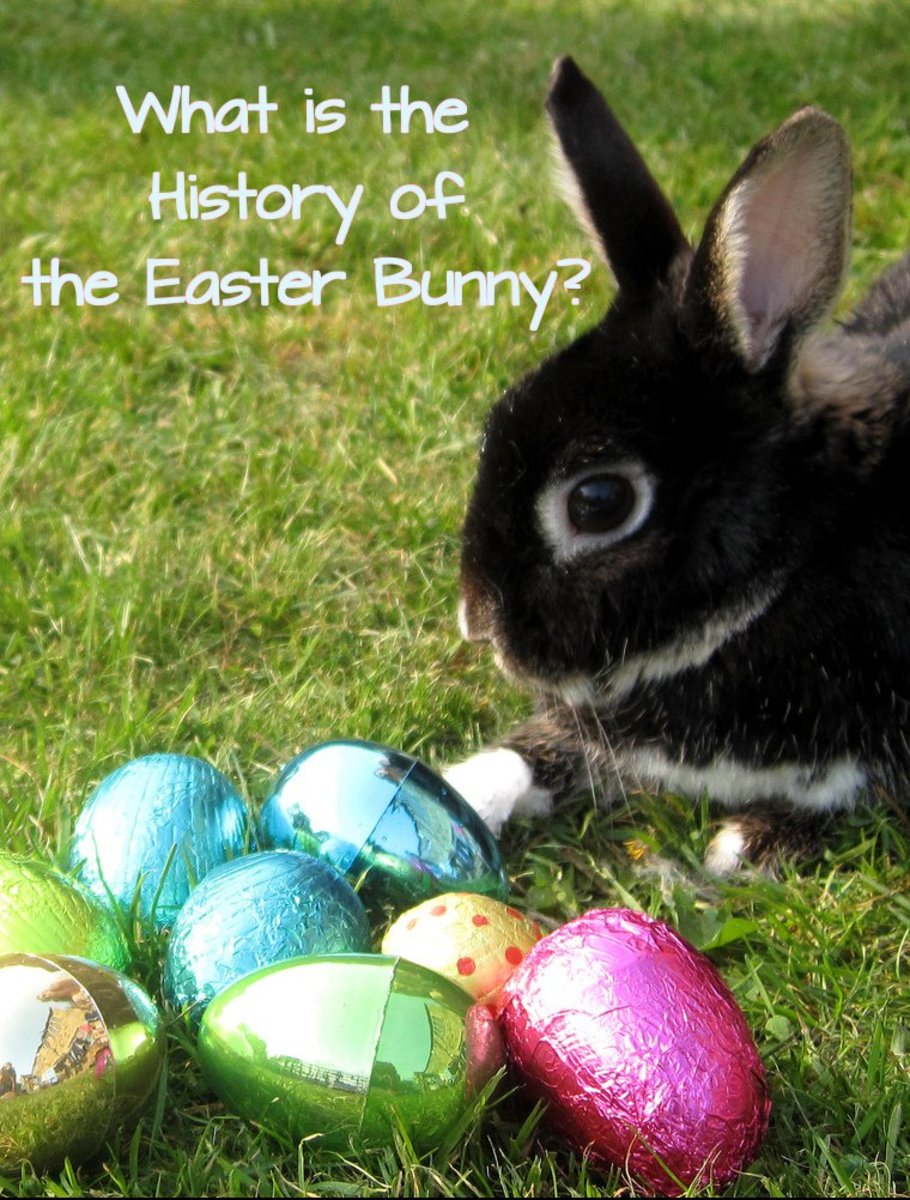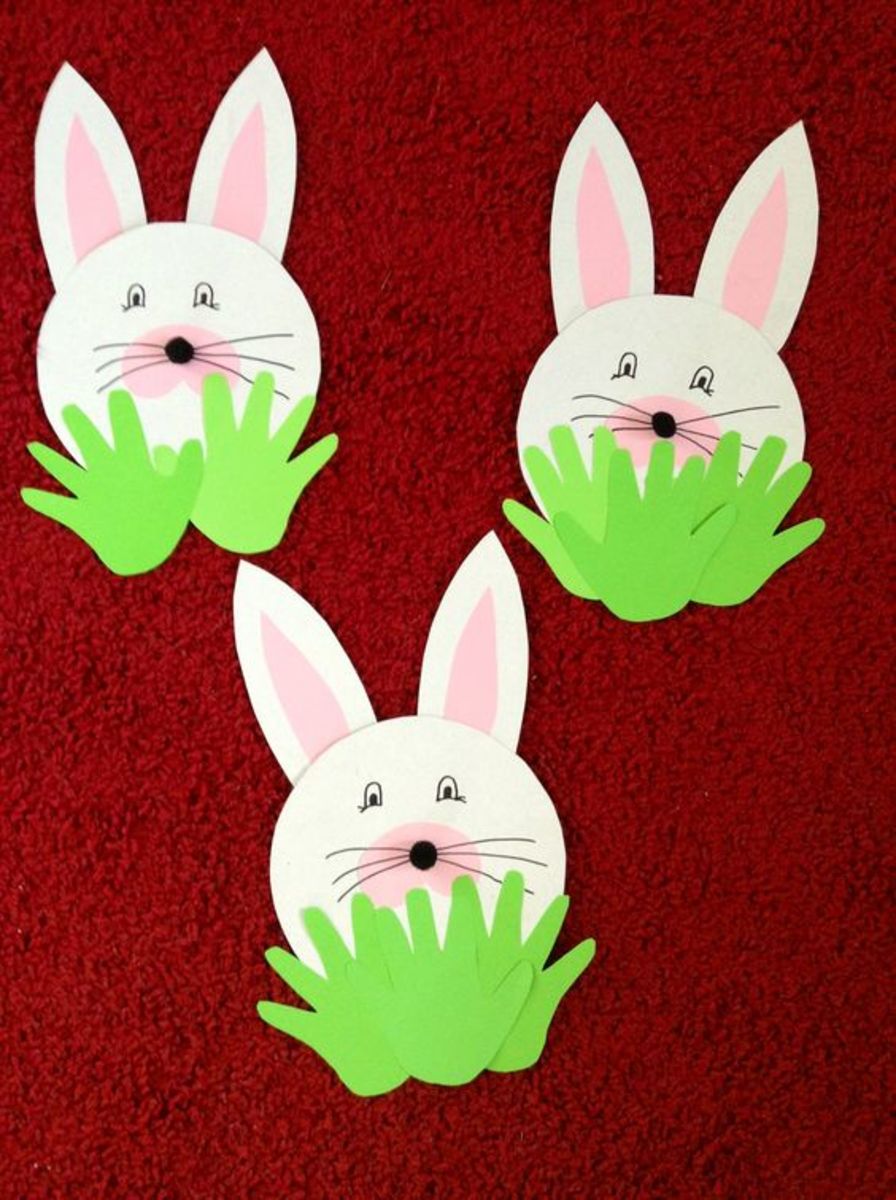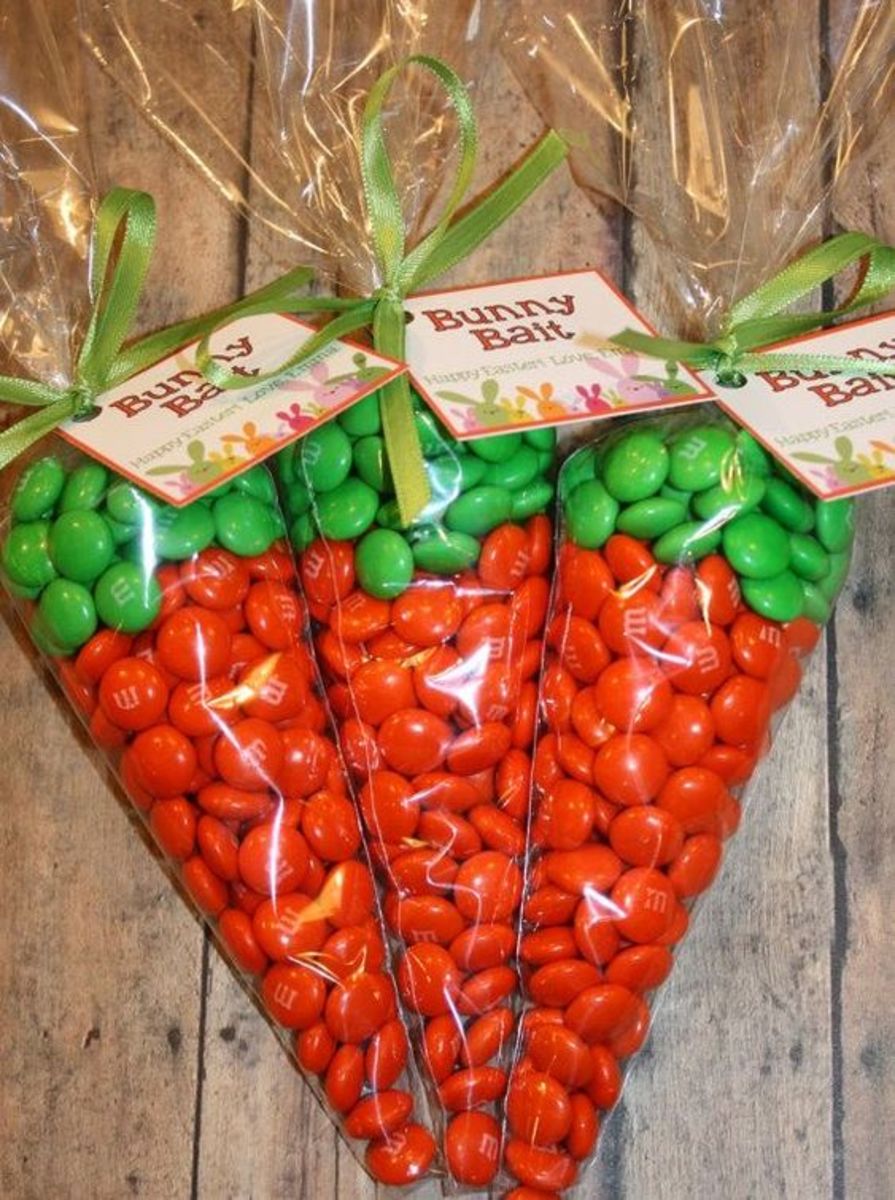Easter Activities - Get Some Ideas Here!
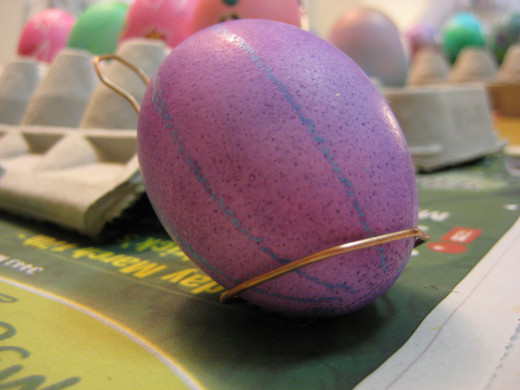
There are few time honored traditions that can compare to Easter. The significance of Easter goes beyond its religious roots and if you do not ascribe to any particular faith you shouldn’t feel as if you cannot participate. Easter and its celebrations can be fully enjoyed by people of all walks of life, regardless of faith.
One of the appeals of Easter is the admittedly strange ways in which it is celebrated. And this leaves a lasting impression. For many adults the overall effect is a lingering nostalgia for the Easter Sundays of their childhoods. And it is perfectly understandable if you wish to give your children the same experiences that you once had. You enjoyed Easter at their age and they can too.
But how can you maximize a child’s enjoyment of this holiday? Well, lucky for you, Easter lends itself for a wide range of activities for people of all ages.
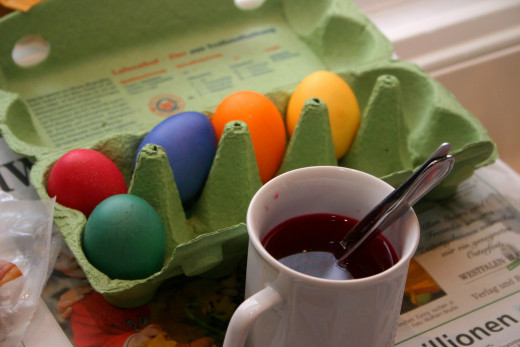

Egg Painting / Decorating
This is one of the most common Easter activities and it is also one of the strangest. Some choose to tell their children that are painting the eggs that the Easter Bunny is going to come and hide them. Others choose to paint the eggs and then tell their children that the Easter Bunny is going to leave them a basket that has nothing to do with the eggs. And others still paint eggs with no mention of the Easter Bunny.
But, regardless of what route you take, the idea of a rabbit hiding eggs holds a certain appeal to children. This is due to how silly it sounds to them. They might remark, once having reached a certain age, that rabbits don’t lay eggs. Be playful when they point this out and come up with whatever equally strange explanation that you can. Kids often enjoy things that seem like nonsense to adults. It appeals to their more creative side, as does the decorating itself.
If you are a parent that has helped their children through the activity of painting eggs then you can either hide said eggs or allow them to be consumed on Easter Morning with no hassle. It’s up to you. But the involvement of the Easter Bunny lore may give your kids the wacky incentive to more actively participate in things.
If you are a teacher and you wish to paint eggs with your pupils then you’re going to have to take a slightly different approach. To start, you clearly aren’t going to be able to hide the eggs at their homes and claim the Easter Bunny did it. This essentially removes the Easter Bunny – and a lot of the wackiness that kids tend to love – right then and there.
To try and include the Easter Bunny you may potentially send the eggs home with your students and allow their parents to take care of things. But this would require a lot of parent-teacher cooperation and it might lead to some minor conflict with parents who are not keen on their children participating in Easter for religious reasons.
Those same religious reasons might make classroom participation a worry as well, so tread carefully. You should also make sure that none of the children that you are responsible for have an allergy to eggs. And, if they do, make sure that they do not come into contact with the eggs.
Given the issues with recreating the egg painting experience successfully in a classroom environment, you may want to go another route when trying to do something Easter related. So why don’t you try…
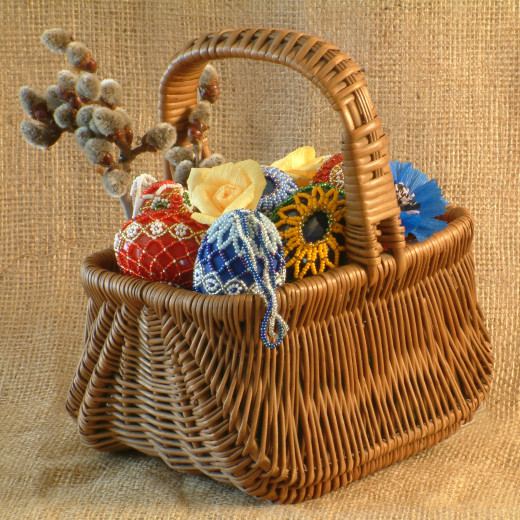
- Easter Scavenger Hunt on PhotoScavengerHunts.com
It is Easter again and for most kids, this means ‘HOLIDAY!!! Make this one special with our Easter riddle clues and photograph challenges ...
Making Easter Baskets
Another part of the Easter lore is that the Easter Bunny carries his egg in a basket. And if you feel like there are too many issues with decorating real eggs you may wish to simply give children the opportunity to create something to put their eggs in.
Of course, you aren’t going to have children weave a basket from scratch. That would be too difficult and time consuming. Instead, take some small, plain, premade baskets and give your students the tools to decorate them.
Let them go nuts. Provide them with paint, glitter, confetti, and colored paper. Devote an entire class period to it. Walk around the room and offer them tips and encourage them to share their ideas and supplies. If they cooperate with one another it will help them form important social skills. Don’t make the group work mandatory, as you may upset some of the more introverted students by doing so, but certainly encourage any students who decide to help one another.
Once the baskets are done you could allow them to leave them in the classroom over the weekend and put a small treat in each basket for the following Monday. These treats could include traditional chocolate rabbits, small plastic eggs, or inexpensive age appropriate toys. Do whatever you feel is right.
If you are a parent, this activity can be easily preformed at home. You could even do it in addition to the aforementioned egg painting, as the two activities go well together. In fact, as a parent, you have the extra benefit of having fewer children to work with. This allows closer cooperation between everyone. You can focus on making siblings bond and you can encourage their creativity.
Then, if you decide to leave a gift in their baskets, the smaller number of children means that you can afford to leave a more expensive gift. A larger chocolate rabbit, perhaps, or a more expensive toy. Of course, one might be cautioned against spoiling their children too badly on a holiday that isn’t generally associated with heavy gift giving. But it is a possibility none the less.
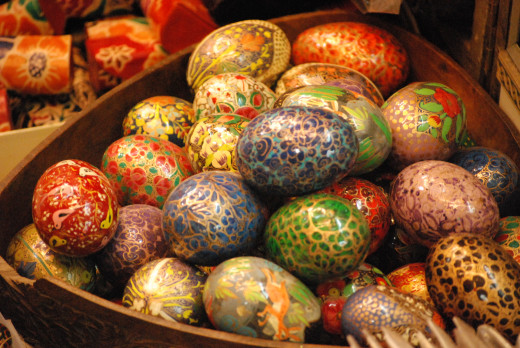
Healthy Competition
If you want to put a twist on things and do something new, you can always attempt to bring some friendly competition into the mix. Competition can be good for children. When their skills are put to the test against someone else’s it drives them to be more successful. It will allow them to improve their creativity if you turn any of these activities into a competition of some sort.
For teachers this is an easier task. If you are dealing with a group of students then you always have a reliable fallback reward for any competitive task: extra credit. It’s free to give out, highly sought after, and beneficial to those who win it. There are few negative aspects to offering it as the prize in a competition.
But one of said negative aspects can be quite the problem, and that is the fact that some students simply do not care. You can attempt to incentivize them somehow, but when you’re attempting to give a child incentive so that they try to gain the initial incentive that you’re offering, then you might find yourself feeling as if there has to be a more simple solution.
If you are dealing with children that you feel would not care enough about the extra credit to try their hardest then you will probably want to jump straight to some other prize. Candy or chocolate is always a good standby, but it isn’t the healthiest of alternatives.
Depending upon the age of the children, a small toy might be appropriate. Be careful to get something relatively gender neutral, as you do not want to offend anyone’s sensibilities. Alternatively, you could opt to give the winning child a book. But when you decide to go the book route you face an additional set of difficulties.
You can either choose a book of the educational variety or one with more entertainment value. But with an educational book you run the risk of instant disinterest and with an entertainment oriented book you run the risk of selecting something that the children do not find appealing. Of course, this issue can be avoided by simply letting the victor choose a book (or the subject of an educational book) and picking it up for them later. Use your best judgment in situations like this, as you do not want to give any child a book that lands too far out of their age range.
But something more tangible could potentially instill jealousy amongst the ranks. Be careful not to hand out a prize that a child could tote around to purposely upset their peers. This can also be a problem if you are a parent. It can actually intensify when one introduces sibling rivalry into the mix.
When you are a parent attempting to have a friendly competition amongst your children extra credit is not an option. You are left with the aforementioned options of physical goods for a reward (candy, a book, a movie, a toy, etc) or something of monetary value. You likely have an idea of what your children like, so you can insert the appropriate rewards yourself.
The only issue with an Easter decorating competition is that of grading the entries. How can one objectively grade creativity? If you are a teacher then you are likely going to want to put things to a student vote. You will then avoid accusations of bias or hard feelings from those who lose.
If you are a parent you will be unable to do this in most cases. So you might have to make a decision yourself. And when this is the situation you are faced with then it is probably best to have consolation prizes for your other kids. Just to make sure that they don’t feel like you’re playing favorites with one of their siblings.
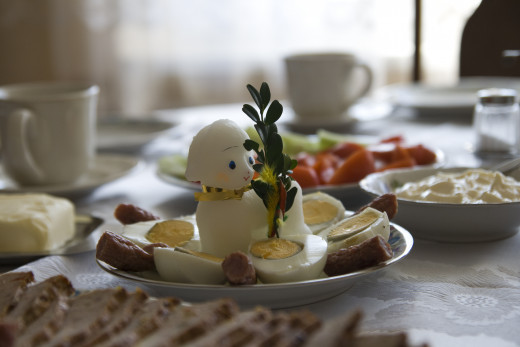
Alternative Food Choices
As you are planning your Easter festivities you will certainly see an abundance of chocolate shaped into a rabbit or an egg. This is the sugary treat of choice for this holiday and you are free to give it to your children if you please. But some parents do not like to give their kids so much candy, some kids are allergic to chocolate, and others suffer from medical conditions that limit their candy intake (such as diabetes). So there are plenty of reasons as to why you may be seeking a healthier alternative to chocolate. And you have a few options.
Eggs are a good starting point and are certainly more healthy than chocolate. Remember that the eggs you are painting as part of this celebration remain perfectly edible. If you’re dyeing the eggs then they are going to be boiled. If you are not boiling them then you are still able to crack them and use them in any recipe you desire.
But eggs are also not for everyone for many of the same reasons that chocolate is not for everyone. So if you are dealing with a child that cannot consume eggs then you can swap in plastic eggs and use yet another substitute for your choice of meal.
What might you use instead of eggs? There is always the option of using fresh fruits and vegetables. If you want to keep with the Easter theme then you can do so via paper plates that are shaped like rabbits, matching napkins, and organizing the vegetables into the shape of a rabbit.
If you aren’t the creative type don’t worry. You can do this by using celery for the ears, legs, body outline, and arms; grapes for the eyes; sunflower seeds for the nose; baby tomatoes for the hands and feet. Depending on the size of your creation you might consider using a cantaloupe slice for the smile.
All in all, Easter lends itself to flexibility. You can do endless things with the already strange premise of an egg hiding rabbit. Everything else seems almost normal in comparison. If you’re a teacher then your students will appreciate the break in monotony, and if you’re a parent then your children will appreciate the memories you instill them with.
Just remember that creativity is key. Easter is the perfect time for children to express themselves and become more comfortable with doing so. Encourage the growth of these traits and you will find them better for it later.
© 2013 Brett C

